Dark Tea
Dark tea is a post-fermented tea. Its unique fermentation process generates new chemicals in the tea, making it ideal for weight loss, lowering cholesterol, and preventing arteriosclerosis. It’s ideal for those who have a meat and grain-based diet.
SIP ALONG with
Qian Liang Cha 2012
$14.00 – $52.00
Dry Leaf: light mushroom, antique wood
Wet Leaf: charcoal, wet wood and fresh hay
Liquor Colour: cloudy copper
Liquor Aroma: slight mushroom
Flavour: brisk, watermelon rind, wood, comforting – complex
Mouth Feel: bright and full
-
Description
This aged Qian Liang Cha delivers a dazzling complexity that combines with its cosy comfiness to create a tea experience that will envelop you in warmth and delight your senses. This historic tea that is pressed into gigantic bamboo tubes becomes a silky copper liquor, urging you to take that first sip. It starts with a brisk bright bamboo-y kiss on the lips that deepens into a soothing blanket-like feeling. As the session advances, a refreshing watermelon rind flavour emerges and the tea seems to play a trick on us as it reverses the flow of time, gaining a fresher flavour with each successive infusion! And there are plenty of those. Aged Qian Liang Cha has great legs to go with that saucy kiss, you’ll be sipping for a while.
-
Additional information
origin Gaomaerxi, Anhua, Hunan Province.
harvest 2012 spring.
brewing 5g/90ml at 100°C for 20 secs, 2nd & 3rd infusion for 30s. 7-10 infusions
storage Sealed well in a cool, dry, dark location.
-
Reviews (0)
You may also like…
-
Tian Jian
$9.00 – $150.00 -
Old Tree Sheng Pu’er 2017
$25.00 -
Aged Fu Zhuan 2013
$10.00 – $36.00
Sneak Peak
Most teas value freshness. The shorter the processing time, the more precious the tea is. Besides, people are usually not interested in “old” tea. But dark tea is the opposite. The older the tea gets, the more precious it becomes. Dark tea is a deeply fermented tea, some of them reach over 80% of fermentation. Therefore, the aroma and flavor improve with time. This is one of the reasons why Pu’er has become popular recently.
The Way of Making
The process of dark tea includes kill green, rolling, piling, drying. Piling is when the tea leaves that are done rolling are put in a warm and humid environment to ferment. Piling is the key step that decides the quality of dark tea. The duration and degree of fermentation directly affect the tea quality, giving different dark teas their distinct flavors.
-
Pu’er 2002 – Loose Leaves
$26.00 – $98.00 -
Yiwu Gu Shu Sheng Pu’er 2003
$41.00 – $567.00
Observing
Dark tea has dark red liquor color, bright or deep, depending on the different dark tea.
Sheng Pu’er starts with a light yellow liquor color and as the natural fermentation happens over the years, the liquor color of the tea transitions to orange, light red, and deep red. Shu Pu’er liquor is pleasantly red and bright.
Fragrance
Dark tea has an “aged aroma” (chen xiang), aged richness (chen yun), and matured flavor (shu xiang). Pu’er is the most representative dark tea, its taste and flavor are enjoyed by many people.
Basic Types of Dark Tea
Hunan dark tea: Anhua Hei Cha, etc.
Hubei dark tea: Puqi lao qing cha, etc.
Sichuan Bian Cha: Nan Lu Bian Cha, Xi Lu Bian Cha, etc.
Diangui dark tea: Pu’er, Guangxi Liu Bao Cha, etc.
-
Aged Tian Jian
$14.00 – $52.00 -
Qian Liang Cha 2017
$10.00 – $35.00 -
Tian Jian
$9.00 – $150.00
Pu’er Appraisal
To appraise Pu’er, firstly look at the dry leaves. Despite the various shapes of the tea pressing, cake (bing), tuo, or brick (zhuan), first look at the shape of the individual tea leaves, are they uniform, mature or tender leaves? Mature leaves are bigger while tender leaves are slimmer. If you can see clearly the shape (tiao xing) of a cake, and it seems to be made of leaf fragments, it a low grade.
The second step is to observe the color of the dry leaves. Are they deep or light-colored? How is the radiance? Tea that has aged for more than 5 years has a dark color with some redness, like the color of a pig’s liver.
The third thing to observe the liquor. Good Pu’er has a bright and radiant color, the surface of the liquor looks glossy. Poor quality Pu’er has dark, dull liquor.
The Fourth point is the smell. Is there an aroma? Does the tea exhibit return sweet (hui gan)? Aged tea has a unique “flavor of age”, a gentle sweet yet brisk taste. If brewed, how are the brewed leaves? Are they uniformly shaped and soft?
The basics of identifying the quality of Pu’er are: regular taste, no moldy, or other unpleasant odor. The tea is free from miscellaneous additives including artificial coloring. The shape of the cake is uniform, smooth and even.
-
Old Tree Sheng Pu’er 2017
$25.00 -
Old Tree Shu Pu’er 2017
$25.00
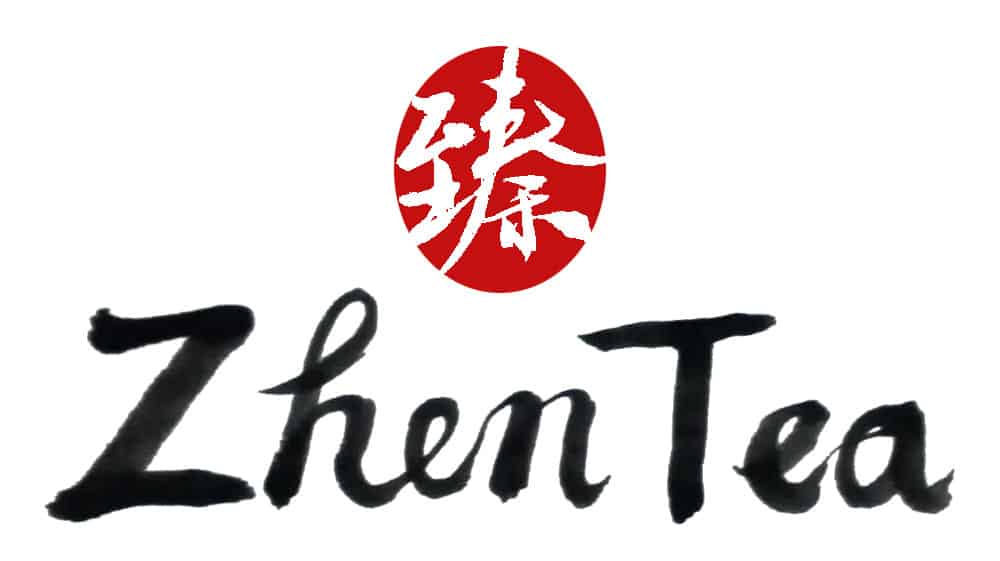
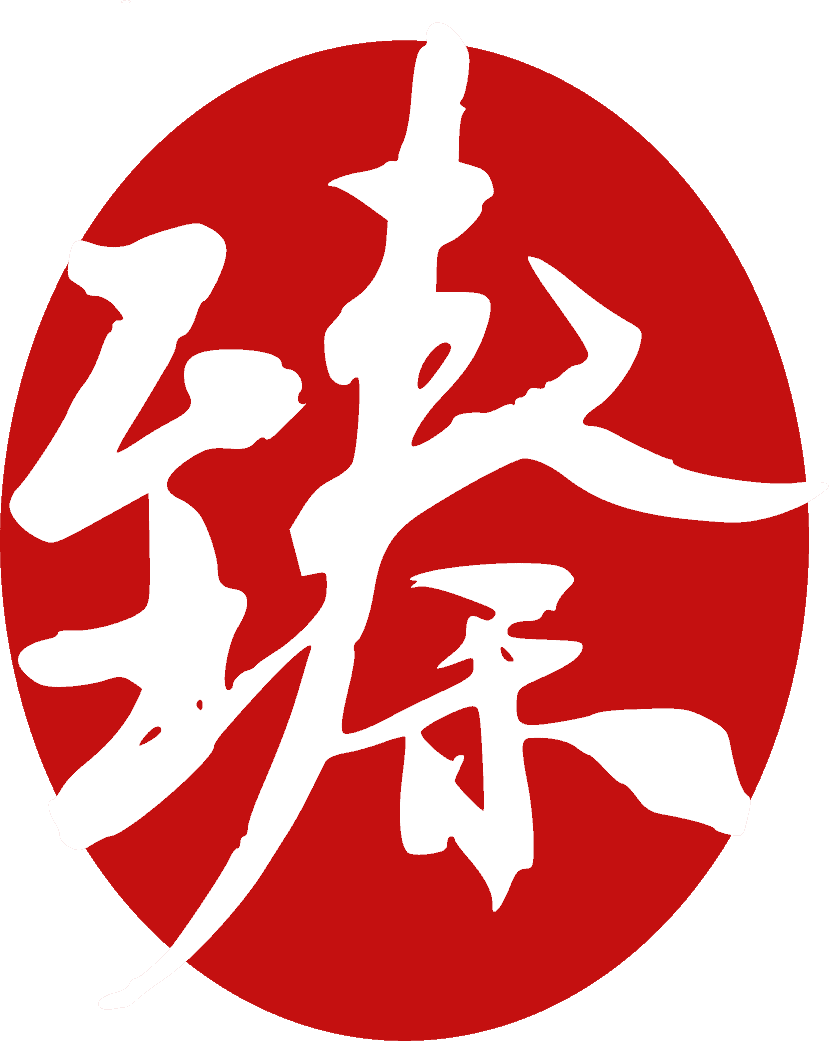



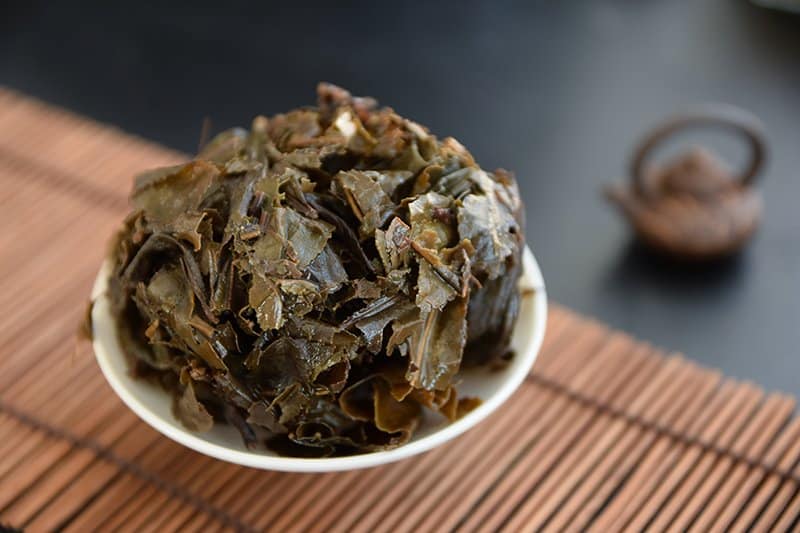
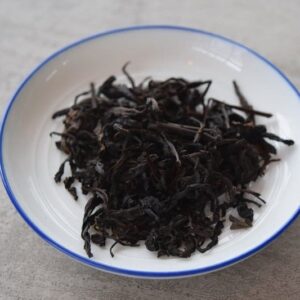
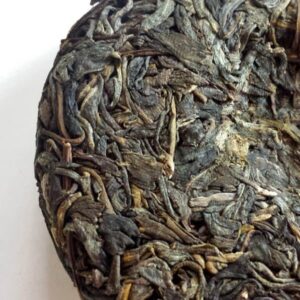
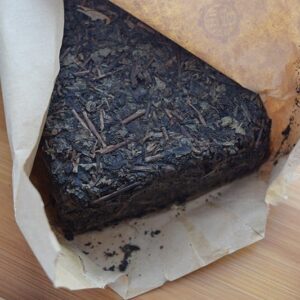
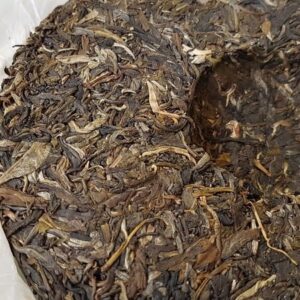
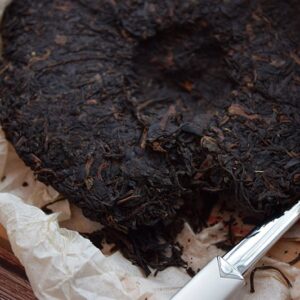
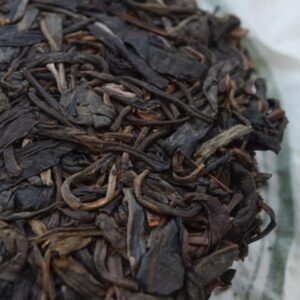

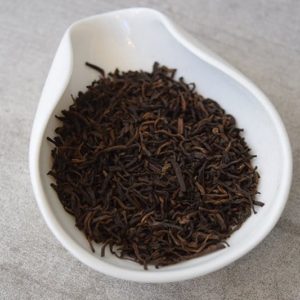
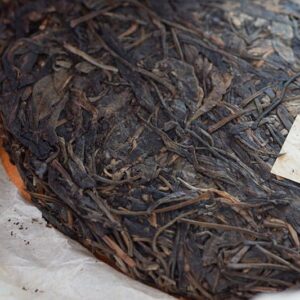
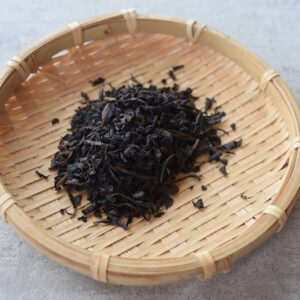
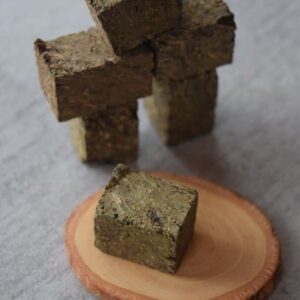
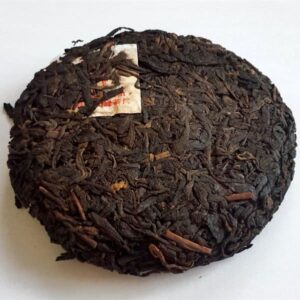
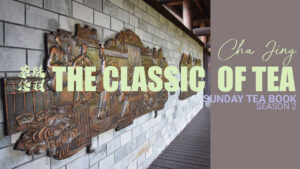

Reviews
There are no reviews yet.